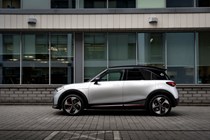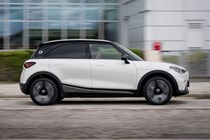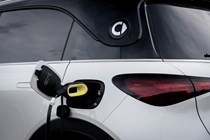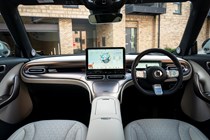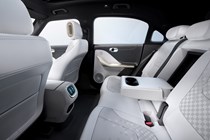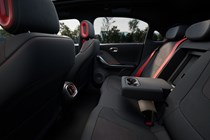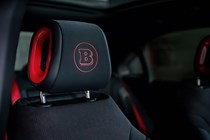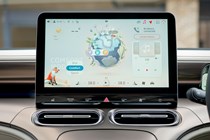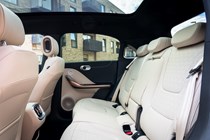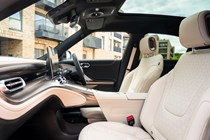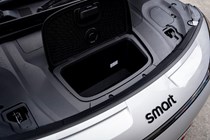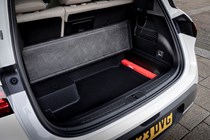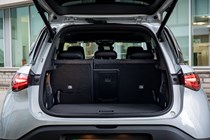
Smart 1 engines, drive and performance
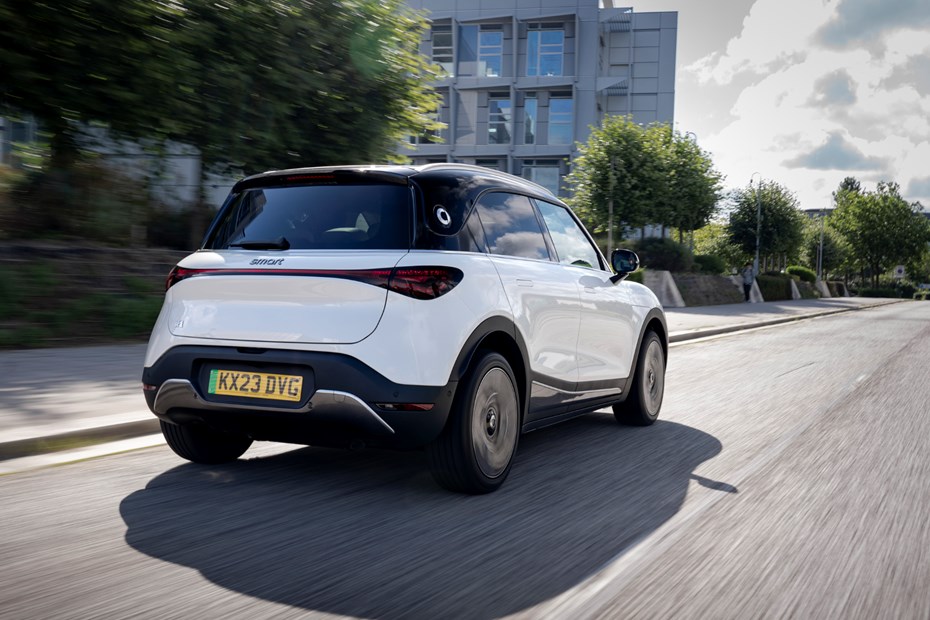
- Two powertrain options available
- One brisk, one completely bonkers
- Standard car handles neatly
Electric powertrains
The Smart #1 comes in two flavours. We’ll start with the most basic 272hp model. It features a single electric motor mounted on the rear axle and has a 0–62mph time of 6.7 seconds. That’s the same as a sporty Ford Puma ST, which makes the Smart feel very nippy in urban environments.
However, because the motor also produces a healthy 343Nm of torque, the Smart never feels out of its depth on faster roads. There’s loads of overtaking capacity left in its tank, even on the motorway. It’s more than enough performance for a sensible compact SUV.
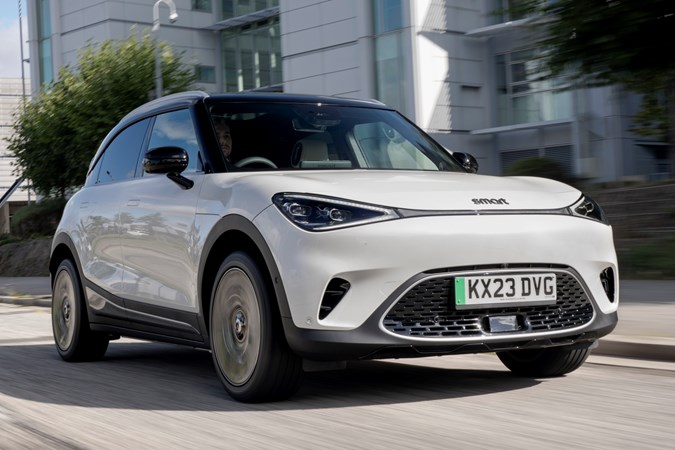
For this reason, we’re struggling to understand Smart’s thinking for the bombastic Brabus model. This variant has an extra electric motor on the front axle which boosts power and torque to a colossal 428hp and 543Nm of torque. That’s enough for a 0–62mph time of 3.9 seconds which, to put that another way, is the same a 510hp BMW M3. Happily, to unlock the car’s maximum potential, you’ll need to select its Brabus drive mode. That means it’s a little less manic when you’re just dithering around town.
Only slightly, though. The Brabus is ridiculously fast in the real world and it feels significantly brisker than the regular car from 20–60mph. Joining a motorway or overtaking slow-moving traffic takes little more than a tickle of the accelerator, while pressing the pedal to the floor is enough to licence-losing territory within a few seconds. Consider this your warning.
What’s it like to drive?
- Comfortable ride
- Well-weighted steering
- Noticeable body roll
The Smart #1 errs on the side of comfort. Its suspension is quite soft, which means it soaks up road imperfections beautifully. Because the battery is mounted along the spine of the car it also has a low centre of gravity, meaning it’s very settled on the motorway. It’s certainly a more cushioned, refined experience than the Volkswagen ID.3 or Cupra Born.
It isn’t completely unrewarding to drive, either. In fact, with the power steering in its heaviest setting, the #1 is actually quite fun. The added steering weight works better with the car’s heft and, at brisk speeds on winding back roads, you can get into great rhythm with the suspension, flowing between corners like a slalom skier.
But if you push harder, the cracks will start to show. Where the Smart falls over – quite literally – is with its body roll. When you’re really pressing on, the springs and dampers simply aren’t robust enough to control the weight of the car and the inertia acting upon it. It pitches and heaves as you accelerate, brake and corner, which is all the encouragement you need to slow down.
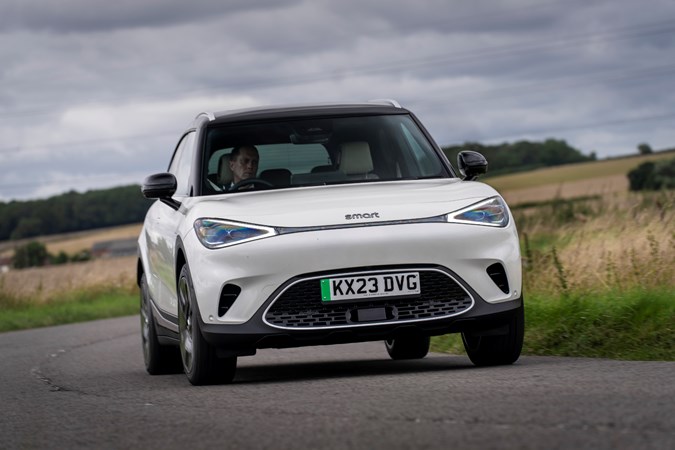
Rather unnervingly, Smart didn’t alter the Brabus model’s chassis setup. It’s the same as the standard #1’s. The extra power means it overcomes the limits of its suspension far sooner, and its protests intensify as you increase your cornering speed.
If you treat the Brabus like a hot hatchback you’ll be in for a wild ride. It alternates between tyre-squealing understeer and pulse racing oversteer, even with all the safety systems on. At least the four-wheel drive helps improve stability when accelerating out of bends.
Calm your pace and all versions are refined companions. You can barely hear the electric motors and road noise is barely perceptible. Tyre noise is about the only obtrusive sound in the cabin, although the suspension does make a few thudding noises when it’s smoothing rough surfaces out.





